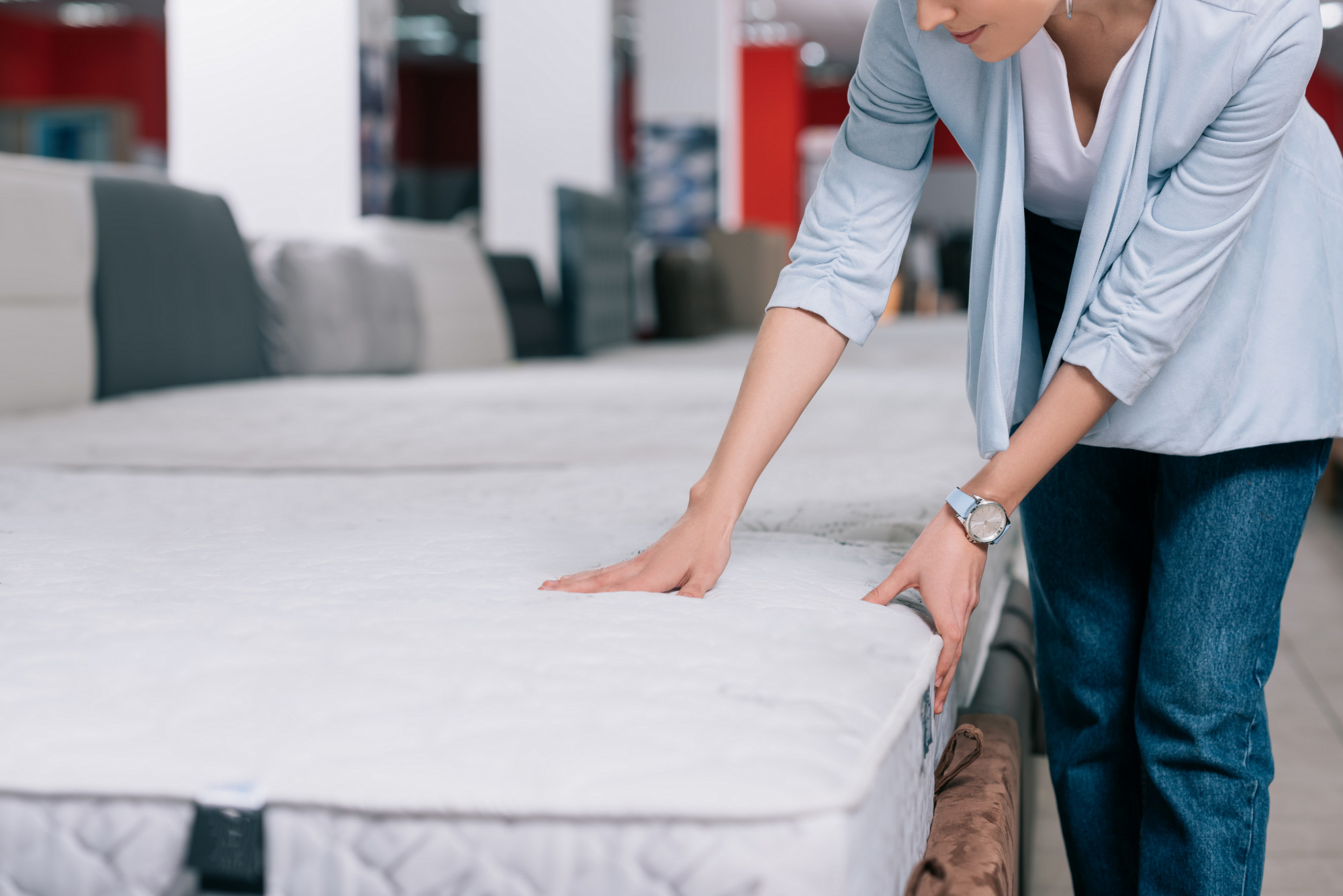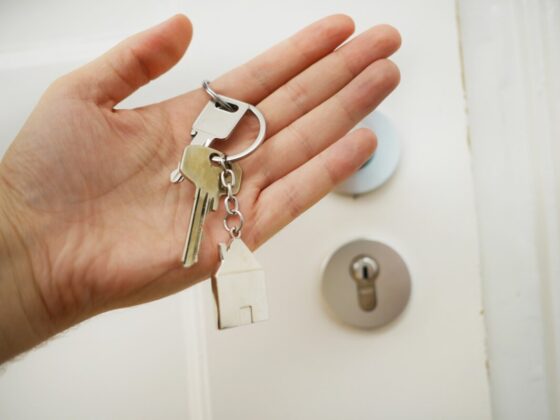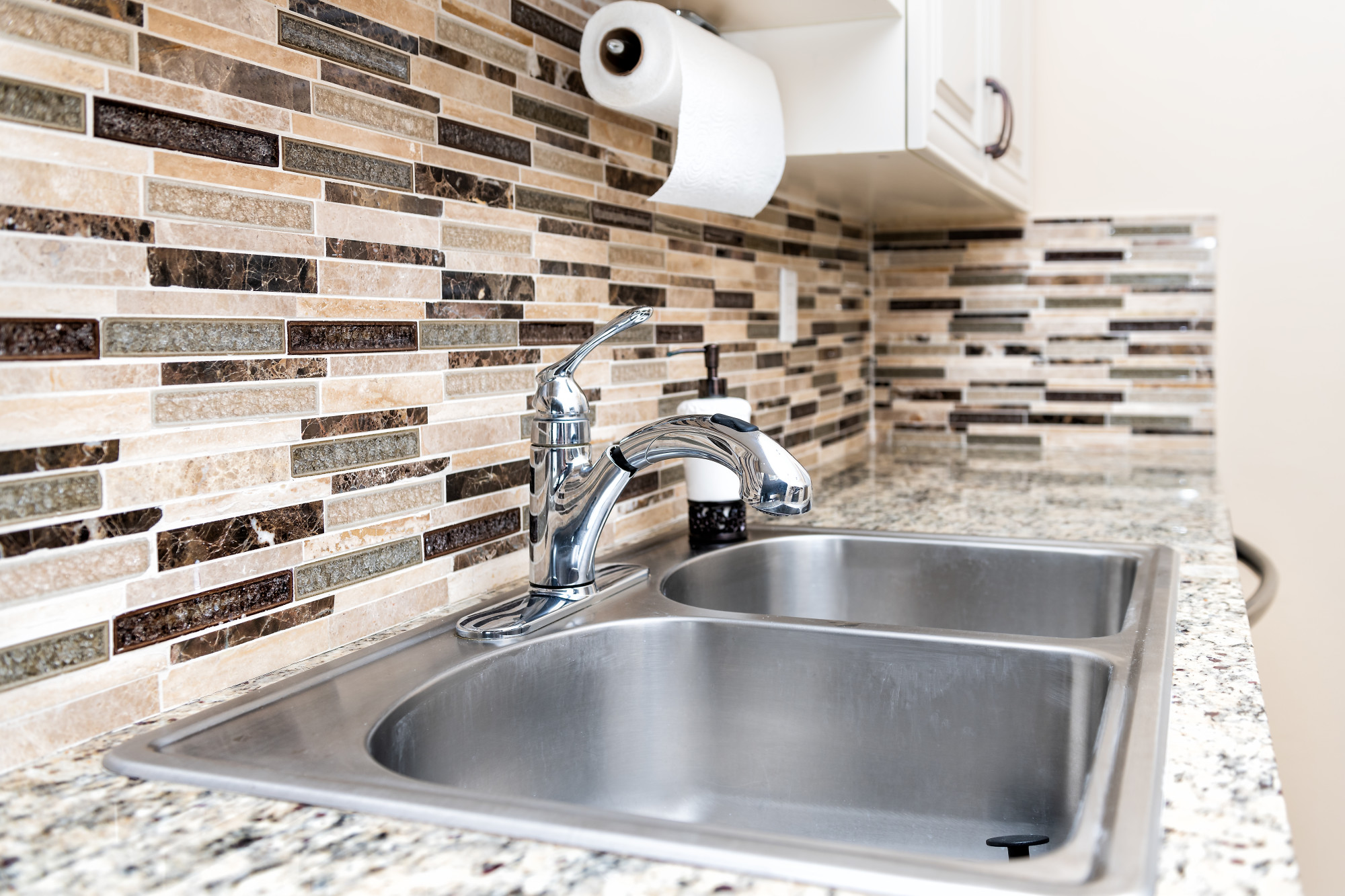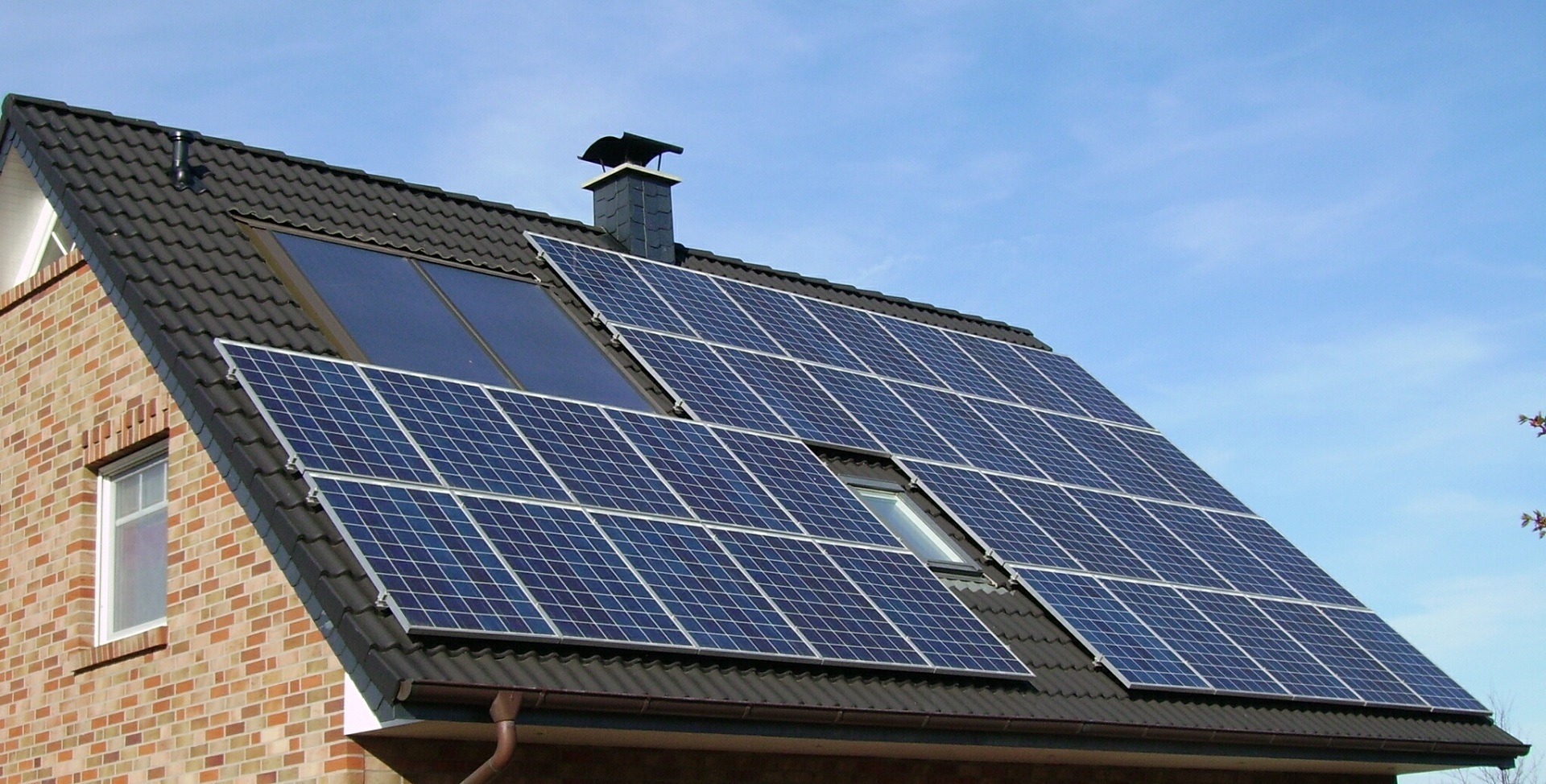It’s comfortable to fall asleep on your side – but many people find that doing so causes back or shoulder pain.
And sleep is supposed to be relaxing and restorative. If you’re a side sleeper and the type to wake up with aches and pains in the morning, you might need a new type of mattress.
Keep reading to learn why side sleepers have different needs.
Is Sleeping On Your Side Really Different?
Side sleeping distributes your weight differently while you sleep.
Most side sleepers need more support for their spine because the natural curve of the body can cause discomfort. Side sleepers have fewer points of contact with their mattresses, which tends to put more pressure on the shoulders and hips.
As they sleep, this can make them toss and turn, causing disrupted sleep.
To counteract this, side sleepers need a different kind of mattress that stops them from moving around while they sleep and supports their weight for maximum comfort.
It’s notably important for people who share a bed – as movement and disruption can wake a partner and interrupt their sleeping patterns, as well.
Choosing the Best Type of Mattress for Side Sleepers
There’s no one best mattress for side sleepers. Instead, you’ll need to think about several factors to find optimal mattresses for a better night’s sleep. The important ones are:
- Firmness and support
- Pressure relief
- Motion isolation
Firmness and Support
Generally speaking, slide sleepers need mattresses that are medium-firm. This offers a healthy balance between support and pressure relief. A mattress that’s too soft will cause your body to sink deeply into it. This, in turn, won’t support your spine properly.
By contrast, a mattress that’s too firm will cause the muscles around the shoulders to ache. The spine needs adequate support while the hips need some cushioning for comfort.
Pressure Relief and Motion
Some pressure relief is vital for side sleepers. Most of the body’s weight is distributed through the shoulders and hips, so a mattress with good pressure relief allows for a more restful and comfortable night’s sleep.
Motion isolation leads to an undisturbed night’s sleep for both the side sleeper and a partner if applicable. This is because the mattress will minimize the transfer of movement between both people.
Memory Foam vs. Hybrid Mattresses
There are multiple mattress types for side sleepers to consider – but memory foam and hybrid mattresses are both solid contenders. If you’d like to get hands-on and start browsing right away, you can do so at Cleek’s.
What’s the difference between the two types of mattress?
Memory foam is a popular choice for its contouring properties. Made from a viscoelastic material, memory foam responds to pressure and molds to your body shape over time. This alleviates pressure while providing support in the right places, making it a great option for side sleepers.
Because the foam conforms to your body’s shape, it also helps to prevent movement during the night.
A hybrid mattress is one that combines memory foam with coils on the inside. This combines the contouring of memory foam with the added responsiveness of innerspring coils.
How To Choose the Right Level of Firmness
Mattress firmness isn’t an exact science.
Rather, it’s an estimation based on the materials used and how far you sink into the mattress. The Sleep Foundation rates mattress firmness on a level of one to ten. At a level of one, a mattress conforms closely to your body and sinks very far when you sit or lie on it.
At the highest level, the opposite is true: The mattress barely moves at all.
As we mentioned above, medium firmness makes for an ideal mattress for a side sleeper. Medium-firm mattresses are also the most popular across the general population and the easiest to find at most retailers. On the Sleep Foundation’s scale, that’s equivalent to a rating of between four and six.
However, you should consider both your personal preferences and what your body needs. Your body weight is just as important as the position you sleep in.
Lighter individuals might prefer a softer mattress, while those on the heavier side may require a firmer mattress for adequate support. Bear in mind that softer mattresses tend to trap more heat because they “hug” your body more closely.
Other Things To Think About
It’s not only about your mattress and how firm it is. You’ll also want to think about the size and cost of your mattress. It should be large enough to provide ample space to move around during the night and, ideally, offer you the best value for money.
Also, have a think about the warranty.
A cheap mattress might end up costing you more if it has a short warranty and breaks soon after the warranty expires.
Finally, see if there’s any way to trial a mattress before you purchase it. Many companies offer some sort of trial period that allows you to test the mattress out for a few nights before committing to it. Trialing a mattress is far better than sitting on one for a few minutes in a store – you’ll get a few nights of full sleep on it and know whether it’s right for you first thing in the morning.
Sleep on Your Best Side
The type of mattress you choose has a huge impact on how well you sleep at night. Many side sleepers can benefit from memory foam or hybrid mattresses – and medium firmness tends to be best for a balance of support and pressure relief.
Did our article help you out? Click here to browse others in our home category.











